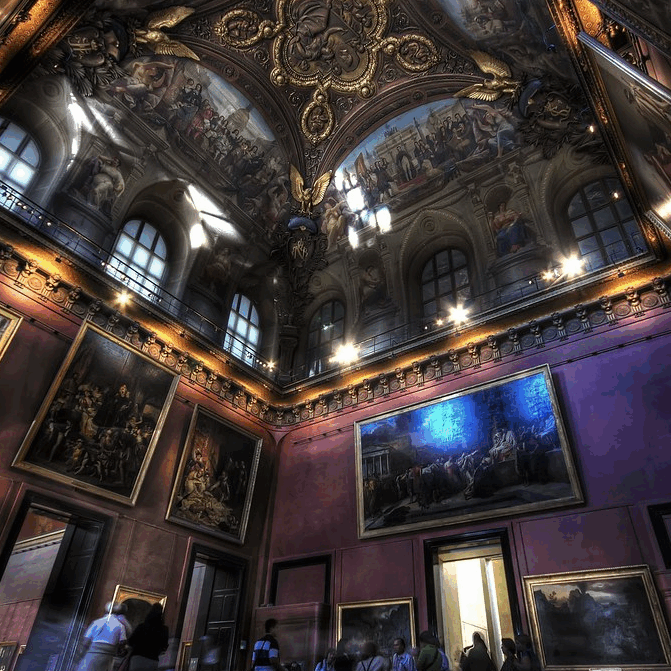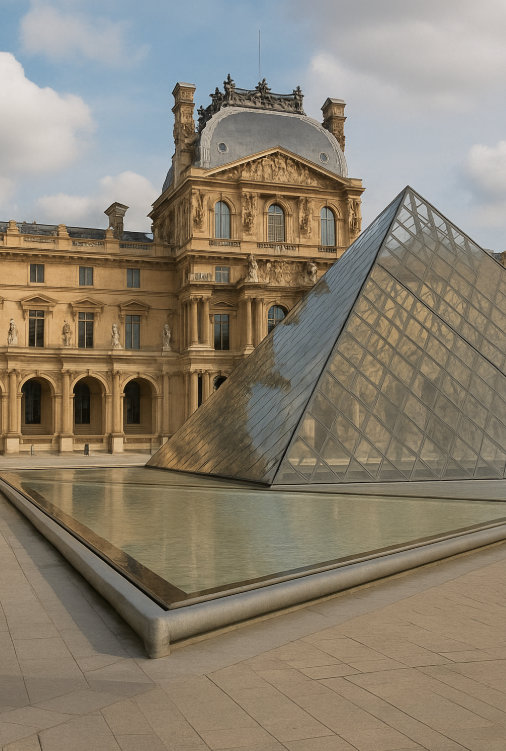Architecture is often described as frozen music — a blend of structure, rhythm, and intention that shapes the way we live and move through space. Across Europe, museums dedicated to architecture and design invite visitors to explore this intricate dialogue between utility and aesthetics. Whether housed in modernist buildings or historical landmarks, these institutions provide insight into how design affects culture, daily life, and identity.
One of the most celebrated examples is the Vitra Design Museum in Weil am Rhein, Germany. Located near the Swiss border, the museum is itself a piece of architectural art — designed by Frank Gehry in his signature sculptural style. Inside, exhibitions explore everything from furniture innovation to sustainable design, often focusing on the intersection of technology, function, and creativity.
In Denmark, the Designmuseum Danmark in Copenhagen offers a deep dive into Scandinavian minimalism. The museum showcases the history of Danish design — from iconic chairs and textiles to industrial products and household objects. Its approach highlights how simplicity, craftsmanship, and user-centered design became central to modern living.
The Centre Pompidou in Paris, while known for its modern art collection, also houses one of Europe’s most respected design collections. Visitors can trace the evolution of design in the 20th and 21st centuries, exploring themes like urban planning, digital interfaces, and consumer culture. The building itself — with its exposed structural elements — is a landmark of high-tech architecture.
In London, the Design Museum relocated to a striking modernist building in Kensington and re-established itself as a global leader in design education. Its exhibitions span graphic design, fashion, digital technology, and social innovation. The museum doesn’t just celebrate beauty — it investigates how design responds to the world’s challenges, from accessibility to climate change.
Italy, home to some of the world’s most iconic design traditions, hosts the Triennale Milano, a multidisciplinary museum dedicated to Italian design, architecture, and visual culture. Visitors can explore both historical and avant-garde approaches to form, material, and narrative.
The Museum of Architecture and Design in Ljubljana, Slovenia, is another lesser-known gem. It offers rotating exhibitions on Central European design, showcasing how local movements connect to global ideas. These kinds of museums remind visitors that architecture is not just about buildings — it’s about systems, environments, and experiences.
Many architecture museums offer more than just exhibits. They provide interactive tools for urban planning, virtual tours of historical structures, and hands-on workshops for all ages. They are also increasingly concerned with the future — addressing how cities will respond to population growth, climate change, and digital integration.
As visitors walk through models, blueprints, multimedia presentations, and real-world case studies, they begin to see the built environment with fresh eyes. Design becomes not just an art, but a lens through which to view the world more thoughtfully.
For travelers, these museums offer something essential: a way to understand the DNA of a city. Architecture tells stories — of ambition, ideology, and vision. And through these institutions, we learn how those stories are built, layer by layer.

